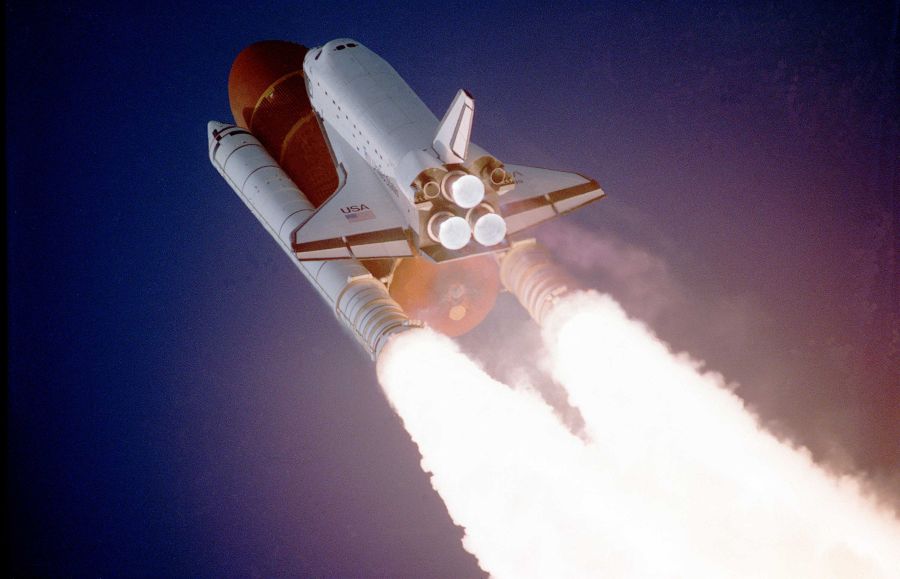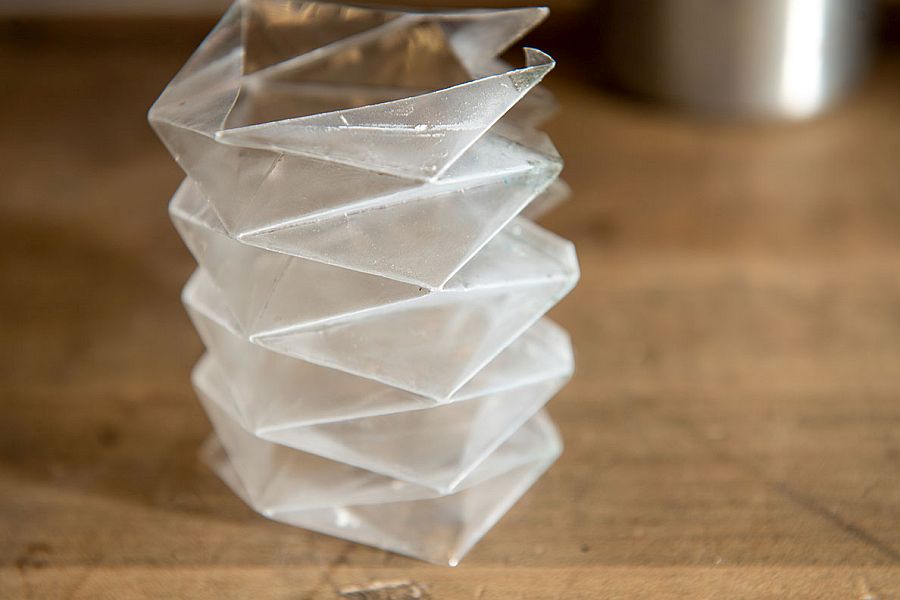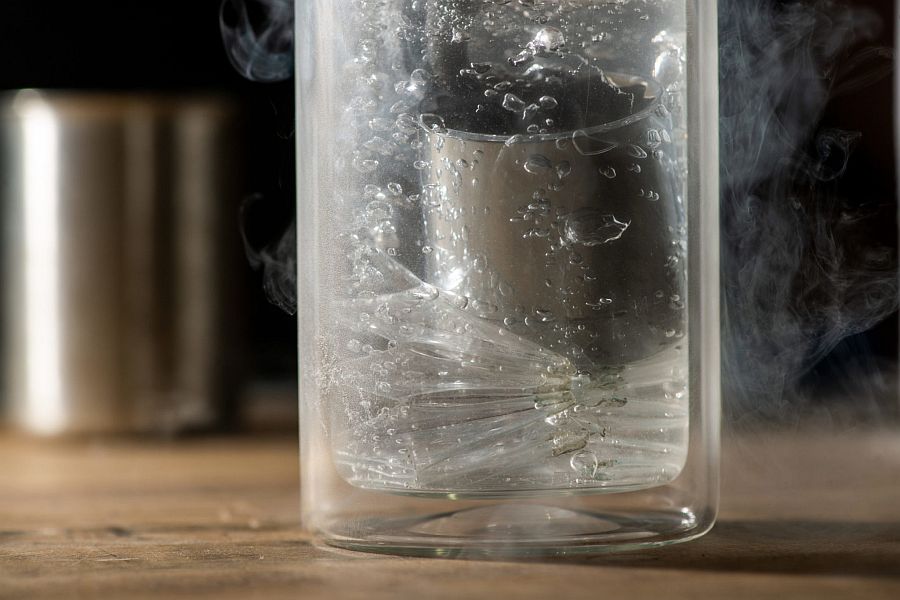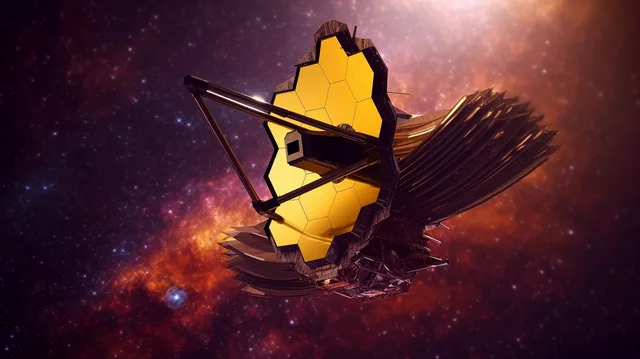
Storage and pumping fuel to rocket engines are the main challenges for travel beyond Earth and between celestial bodies. Researchers at Washington State University (WSU) have come up with an interesting idea of paper folding technique to bring about the desired architecture.
WSU researchers created folded plastic fuel bladder that is based on the idea of origami.
Intricate designs via origami
Origami is a Japanese art where a paper is folded in a way to create small sculpture or intricate designs. The paper is no way cut or taped. It is one of the most creative way to approach paper craft.
It is expected that the folded plastic fuel bladder will not crack at super cold temperatures and so has high chance by space scientists to store and pump fuel.

Round balloons for fuel storage
During the initial days of space program in the US, scientists created round balloons for storage and pumping liquid hydrogen fuel. However, the balloon would leak as soon as it was introduced to cold temperatures. Since cryogenic liquids are kept at very low temperatures.
Eventually, space scientists fell back on the basic systems that was made up of metal plates and manoeuvring of liquid fuels was done with the principle cohesive forces among liquid molecules, that is, surface tension. The net output was sluggish systems as it can only trickle out fuels in small quantities. Thus, creating limiting factor in space travel.
Origami folds evenly distributes stress on the material
To understand the complex shapes and interesting mechanical behaviour, researchers started investigating origami during the 1980s and 1990s.
Folds in origamic structure create uniformity in pressure by spreading over a large area, which makes a material less likely to tear.

Origami based fuel bladder
Researchers applied this idea on a thin Mylar plastic sheet to create a fuel bladder. Once the bellows were folded, they introduced liquid nitrogen in it and kept it under 77 degrees Kelvin.
Further, they squeezed the bladder and found that it did not leak. They applied pressure at least hundred times more and kept it under harsh temperate conditions but the flexi bag showed resilience.
WSU researchers are pretty excited of their new found origami-inspired, folded plastic fuel bladder. They envision that this could expedite their space travel.
The product is under rigorous testing. Also, it has yet to prove its efficacy with liquid hydrogen under very cold temperature.
Takeaway
The concept looks promising. If the Mylar plastic sheet is able to prove its worth with liquid hydrogen then it will be a stepping stone to future “long distance” space travel and between celestial bodies.
Via: Washington State University, Cryogenic Hydrogen Research Lab



